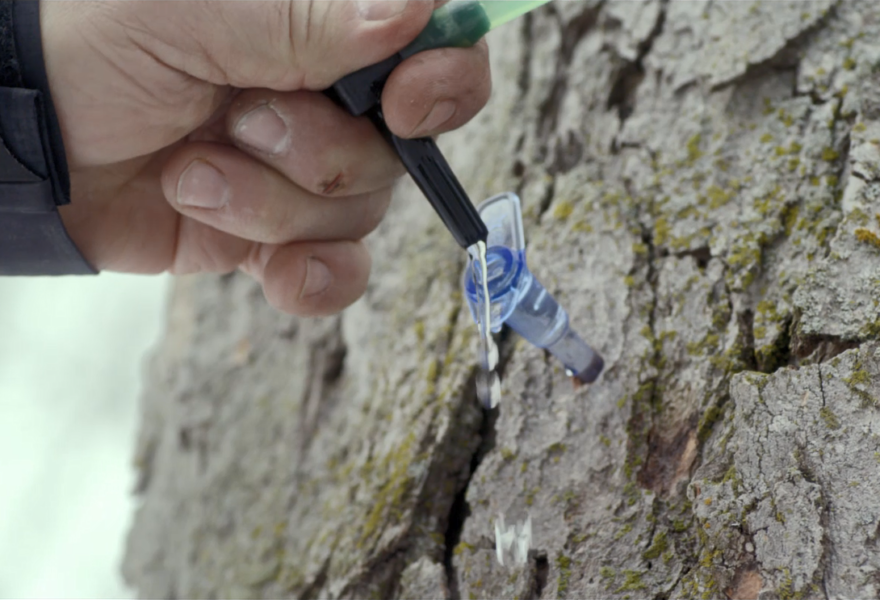The sustainable sweetener: how maple syrup is sustainably farmed

Agriculture is a big part of the climate problem. Our immense demand for food sees forests around the world turned to farms, replacing our biggest natural defence against climate change with an agricultural system that relies heavily on the use of fossil fuels.
Fortunately, not all the world’s farms contribute to climate change. Many farmers are turning the tide by adopting sustainable practices that protect the health of the planet. Consumers are playing their part too by choosing to buy items that are sustainable.
One such product is pure maple syrup, which has been produced sustainably for hundreds of years. Compared with other sweeteners, maple syrup offers itself as a great option for sweet-toothed consumers keen to cut down on their carbon footprint.
The production process
Maple syrup was enjoyed by Native Americans long before it was first discovered by Europeans between 1536 and 1542, when Jacques Cartier and his fellow explorers cut down what they thought was a large walnut tree only to find a deliciously sweet sap gushing out in great quantity.
Curiosity surrounding maple sap grew and by the eighteenth century maple was being harvested on an industrial scale and exported to wealthy elites around the world. Maple producers at this time would make a small incision in the maple tree with an axe and then collect the resultant sap.
Harvesting methods have since advanced, but the same basic process applies. Maple is collected in spring when cold nights and mild days cause the sap to freeze and thaw, with fluctuating temperatures pushing the sap out toward the tree trunk.
Once these conditions are met, maple trees can be ‘tapped’ with tubes that extract the sap and transport it to larger containers or directly to a sugar shack where it’s boiled and made into syrup.
Tapping causes minimal harm
The tapping process can cause some temporary damage to the tree. Therefore, when sugaring season rolls around again, producers make sure to place the tubes in a different part of the tree. This allows for the continued collection of sap as the area used for the previous year’s harvest heals.
Another important practice is to monitor the age and size of the tree. A young tree with a diameter at breast height (DBH) of just 12 inches, for example, should only support one tap, while those that are older can be tapped in multiple areas without risking permanent damage.
A major benefit of maple is that the collection of sap prior to its transformation into syrup is a natural process that’s entirely free from fertilisers and pesticides. This is key to preserving the good health of the surrounding soil and water sources upon which life depends.
Maple trees last a lifetime
We don’t just have maple trees to thank for their incredible syrup. They also pull carbon out of the atmosphere and provide food, shade and shelter for wildlife. In this way, maple trees actively contribute to both local and global sustainability efforts.
And as the trees play this protective role, they go on supplying delicious maple syrup almost indefinitely; well-tended trees can yield sap for over 100 years! So while dedicated maple syrup farms do exist, they also double up as an excellent natural defence against climate change.
Crucially, maple trees that are used for maple syrup production in Québec – the Canadian province that supplies around 72% of the world’s maple syrup – are protected by law from logging, which means that the majority of the planet’s maple trees are here to stay.
The sustainable sweetener
The production of maple syrup is neither reliant on the cutting down of carbon-storing woodland nor the use of contaminating pesticides. These qualities make maple unique among the world’s most popular sweeteners. Switching to maple products, therefore, is one of the many choices consumers can make to act sustainably and play their part in protecting the environment.
A natural source of energy
Maple syrup is a natural source of energy. Check out our recipes for food and drinks before, during, and after exercise.
)